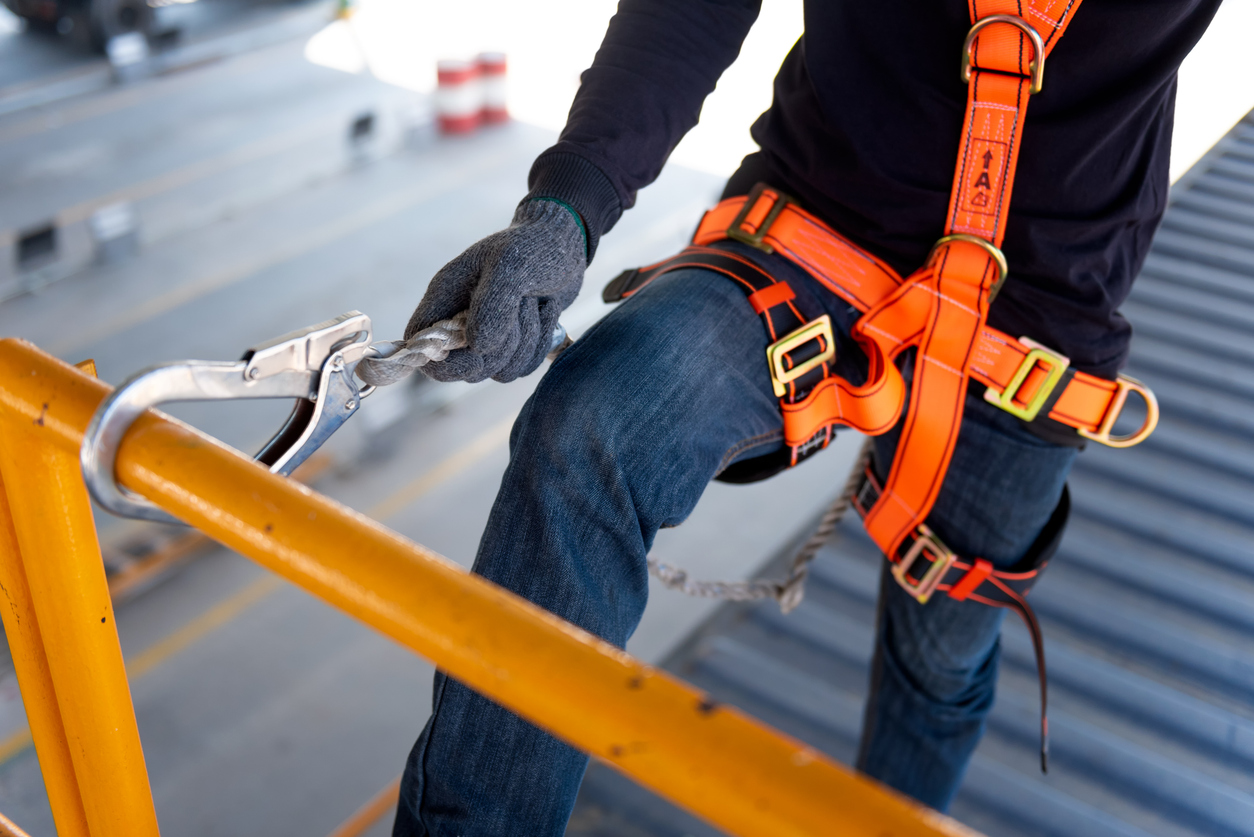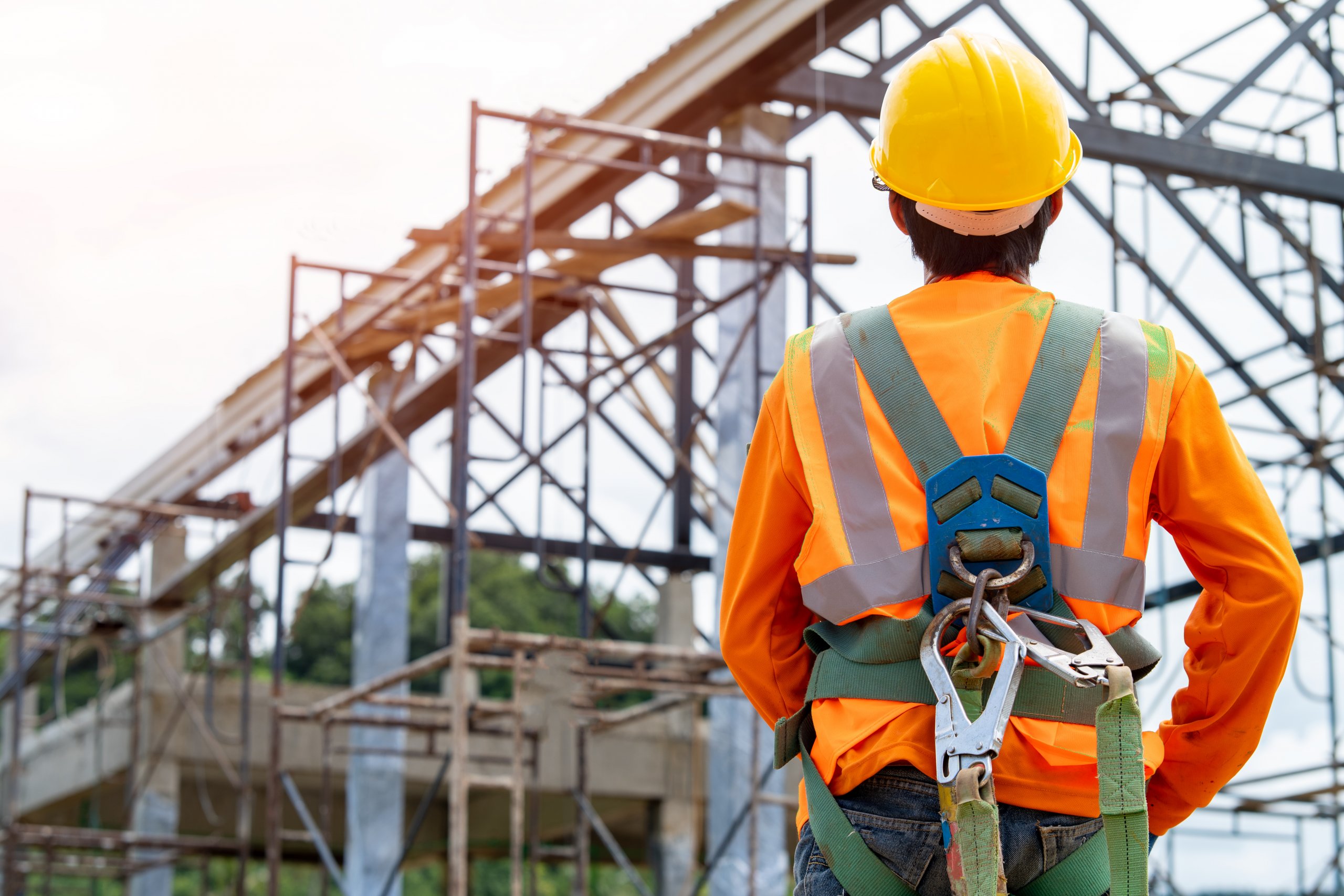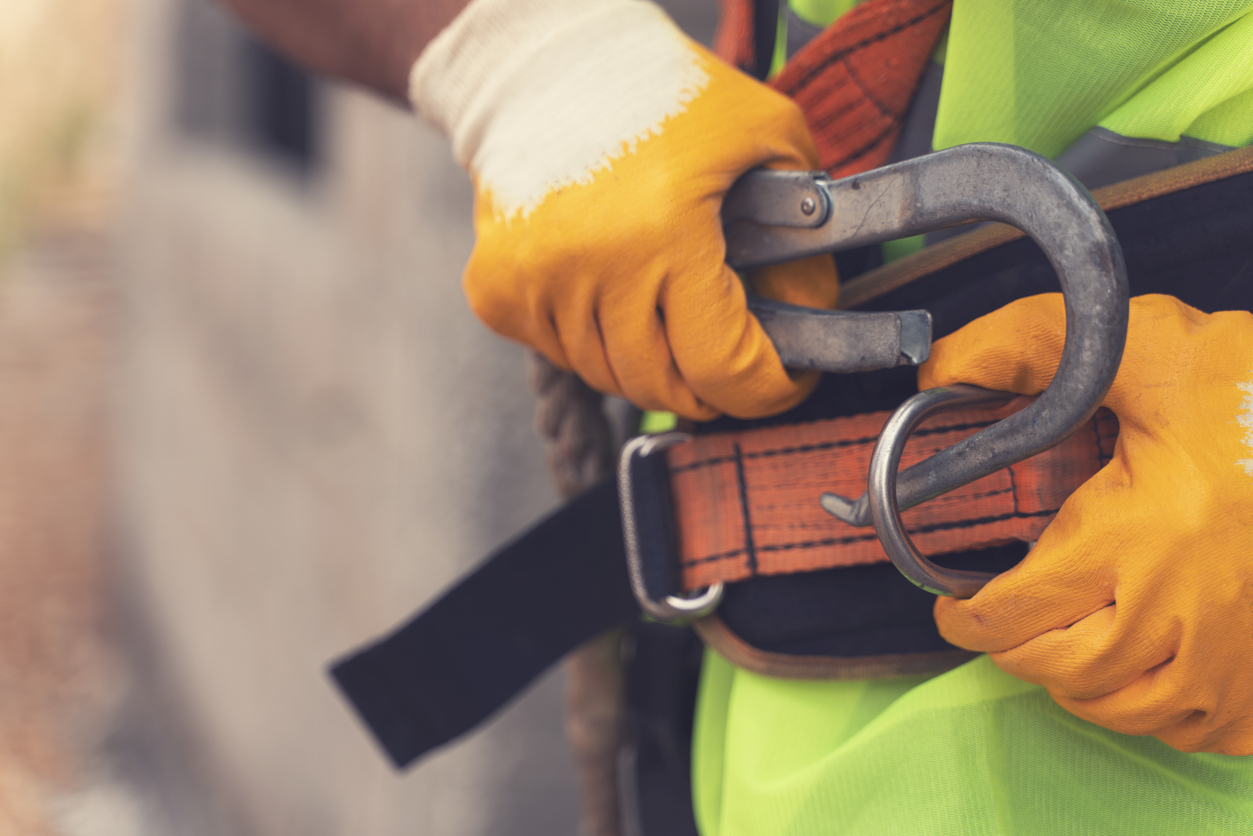Ensuring scaffolding safety is critical in the construction industry. Here are the key scaffolding safety protocols and best practices, based on UK sources:
Competence and Training
Only competent, trained personnel should erect, modify, inspect, and dismantle scaffolding. Scaffolders must receive comprehensive safety training from a qualified instructor. Training should cover hazard identification, use of PPE, rescue procedures, and be refreshed at least every 2 years.
Inspections and Maintenance
- Scaffolding must be inspected by a competent person before use, after any modifications, after incidents that could affect stability (like high winds), and at least every 7 days while in use.
- Any defects identified must be addressed immediately, and the scaffold tagged until repaired.
Fall Protection
- Proper fall protection like guardrails, toe boards, and barriers providing collective protection must be in place.
- Where collective protection is not feasible, workers must use personal fall arrest systems like safety harnesses and lanyards.
- Only designated access points like ladders, ramps, or stair towers should be used.
Structural Integrity
- Weight limits and load ratings must be known and never exceeded.
- The scaffold structure should not be altered without approval, as it can compromise integrity.
- Scaffolding must be properly tied/secured to the structure at required intervals.
Hazard Mitigation
- Work platforms must be kept clear of debris, tools, and trip hazards.
- Exclusion zones should separate scaffolds from vehicles/equipment to prevent strikes.
- Measures like netting, toe boards, and tool lanyards must be used to prevent falling objects.
By adhering to these scaffolding safety protocols covering training, inspections, fall protection, load management, and good housekeeping, the risks of working on scaffolding can be significantly reduced to ensure site safety.




